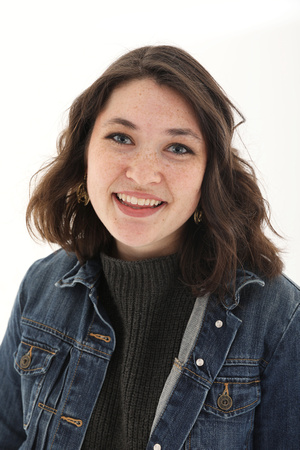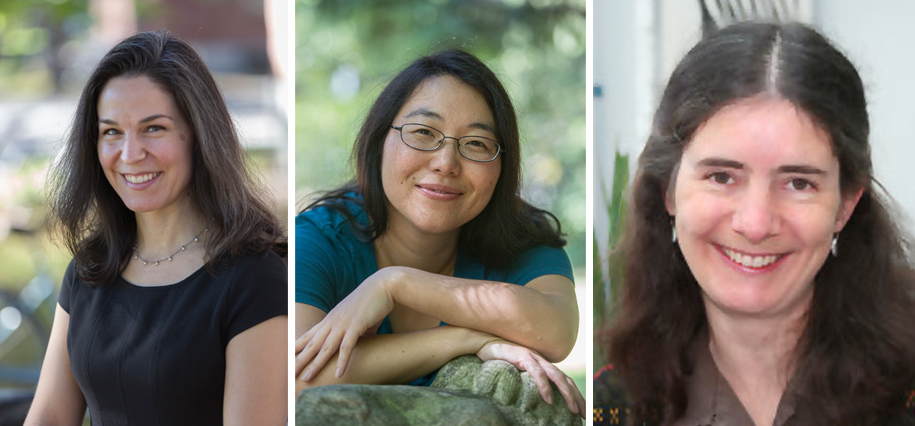Kathryn McGinnis ’21 Devises Method for Nonprofits to Measure Size of Homeless Populations
By Rebecca Goldfine
Licking County's homeless population—both adults and minors—has been growing in recent years, and the coalition needed an updated figure.
"Community agencies and many nonprofits exist on grants they receive from foundations, other nonprofits, or the government," McGinnis said. "It's important for them to have data to show how large the need is and how well their programs are working."
Yet, when she set about on her task, she quickly discovered what other statisticians have encountered when trying to assess the size of a group, especially a transient one. "How do we count any population, especially an elusive one? It is a large and complex problem in the social sciences," she said.
McGinnis decided that alternative methods—such as sending surveys out to people in touch with homeless youth or having a group of people fan out on one night to count children living on the streets—would not produce accurate results for the population she was focused on.
But, she said, "I had an idea how to make it work." After the internship wrapped up at the end of summer, she continued working on the project as an independent study with James Broda, visiting assistant professor of mathematics.
She wanted to revisit a statistical method she studied in a Bowdoin math class taught by Associate Professor of Mathematics Jack O'Brien. He had asked students to use "the capture-recapture method" to count the number of gray squirrels on the Quad.
"I wondered if we could apply this to the homeless youth population," she said. Though the technique has its roots in biology—some scientists employ it to count endangered wildlife populations—it has also been successfully applied to other subjects, from taxi cabs in New York City to undocumented immigrants in Sweden.
Not only can the capture/recapture method lead to reliable estimates, it is relatively inexpensive and simple to use—a good tool for nonprofits with limited staff and budgets.
Instead of trying to observe each member of a population, capture-recapture researchers count the number of times they come into contact with the same individual. "These capture histories are then used to estimate the size of the observed population and the unobserved population," McGinnis said.
To make her findings accessible, she has written a six-page resource guide for organizations detailing how they can conduct their own surveys. It starts with an overview of the method before moving on to how to collect and enter data, and how to run the final calculation with a free software program.
Last week, she gave an online presentation about her project, inviting community agencies she worked with and asking them to invite others who might find her information useful. A council member from her hometown attended, as well as people who work for county and state homeless organizations in Ohio and Maine.
"I am hoping that getting these resources and the barest idea out to these organizations will encourage them to look at their own data, see if the method will help, and then engage with other statisticians. Or maybe next time they're hiring, they can look for someone with a quantitative background," she said.
After graduation, McGinnis will work for the Congressional Budget Office's Defense and National Security division as an assistant analyst. She participated in the Bowdoin Public Service Initiative her sophomore and junior years.
"I am trying to tap in to what I learned at Bowdoin, bridging both these quantitative and qualitative sides," she said.



